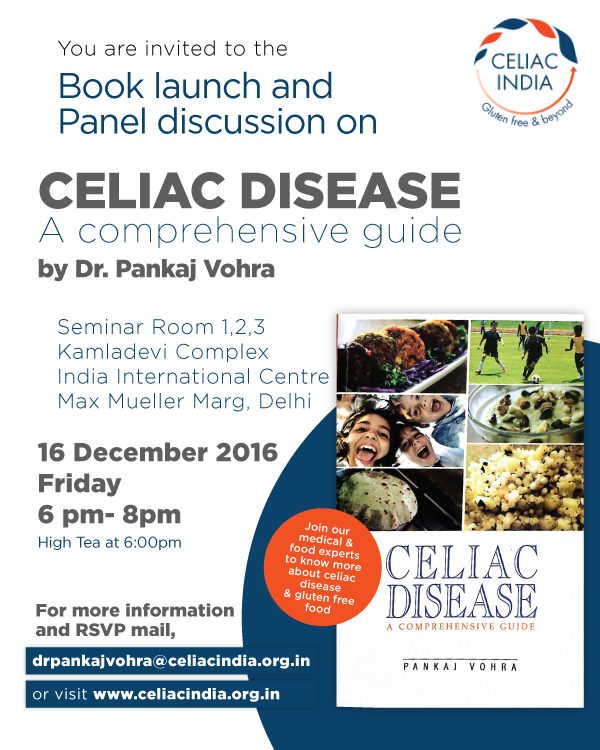Gluten Math
How can a tiny crumb of bread or cake harm?
How can cross-contamination possibly be harmful?
What is 20ppm?
Questions like the above are always raised by children and elders alike. Many a times, celiac children and even adults are tempted to eat small quantities of gluten containing foods.
Since treatment of celiac disease presently requires strict compliance to gluten free diet, it is important to understand how much gluten is safe or unsafe for us. For all our Math enthusiasts, let’s understand this with the example of a slice of bread, given the following facts:
- The acceptable limit of gluten in a food item to be certified gluten free in most of the countries is 20ppm, i.e. 20 mg of gluten in every kg of the food item
- A slice of bread weighs about 25 grams
- Amount of gluten present in a slice of bread is approximately 5 grams
Let us now calculate – How much more gluten is there in a slice of bread than the acceptable limit of 20ppm?
Step 1: For every kg (1000 gm) of bread, acceptable limit of gluten = 20 mg
Step 2: Therefore, for every 25 gm of bread (1 slice), acceptable limit of gluten will be = 0.5 mg
Step 3: Total amount of gluten which is actually present in a slice of bread = 5 gram (i.e. 5000 mg)
Step 4: Number of times the amount of gluten in a bread slice is higher than the acceptable amount of 20 ppm = 5000mg /.5 mg
=10,000 times!!
Actual amount of gluten in a slice of bread is hence about 10,000 times of the acceptable limit of gluten of 20ppm!
Even an extremely tiny bread crumb therefore has more gluten than is safe for you. The figures for pizza and cake may not be very different either. Every time that you cheat on your gluten free diet, with an occasional slice of pizza or cake, papdi or roti, jalebi or poorie, imagine the harm you are doing to your body!
Remember this math example and always stay away from all things that contain gluten!

